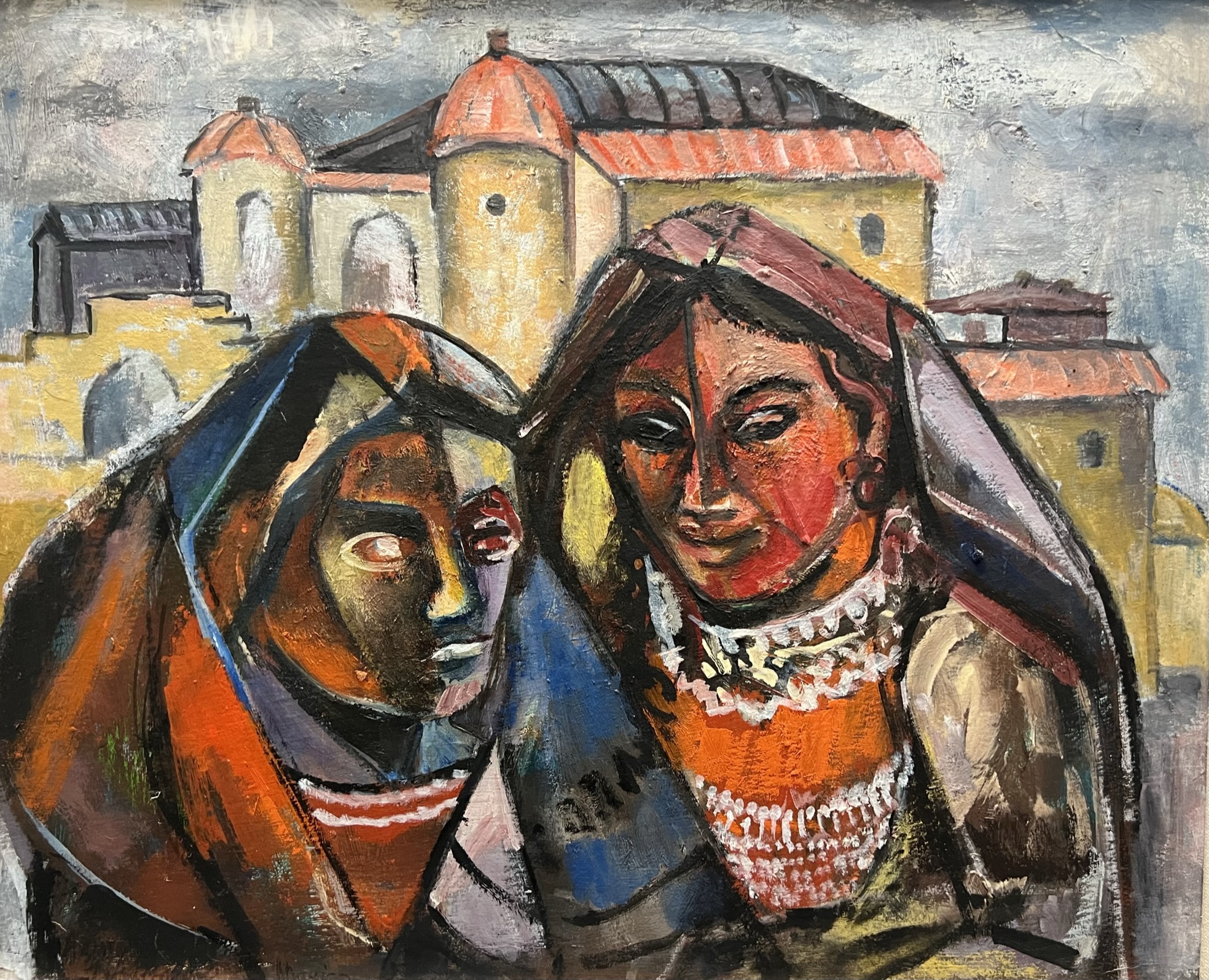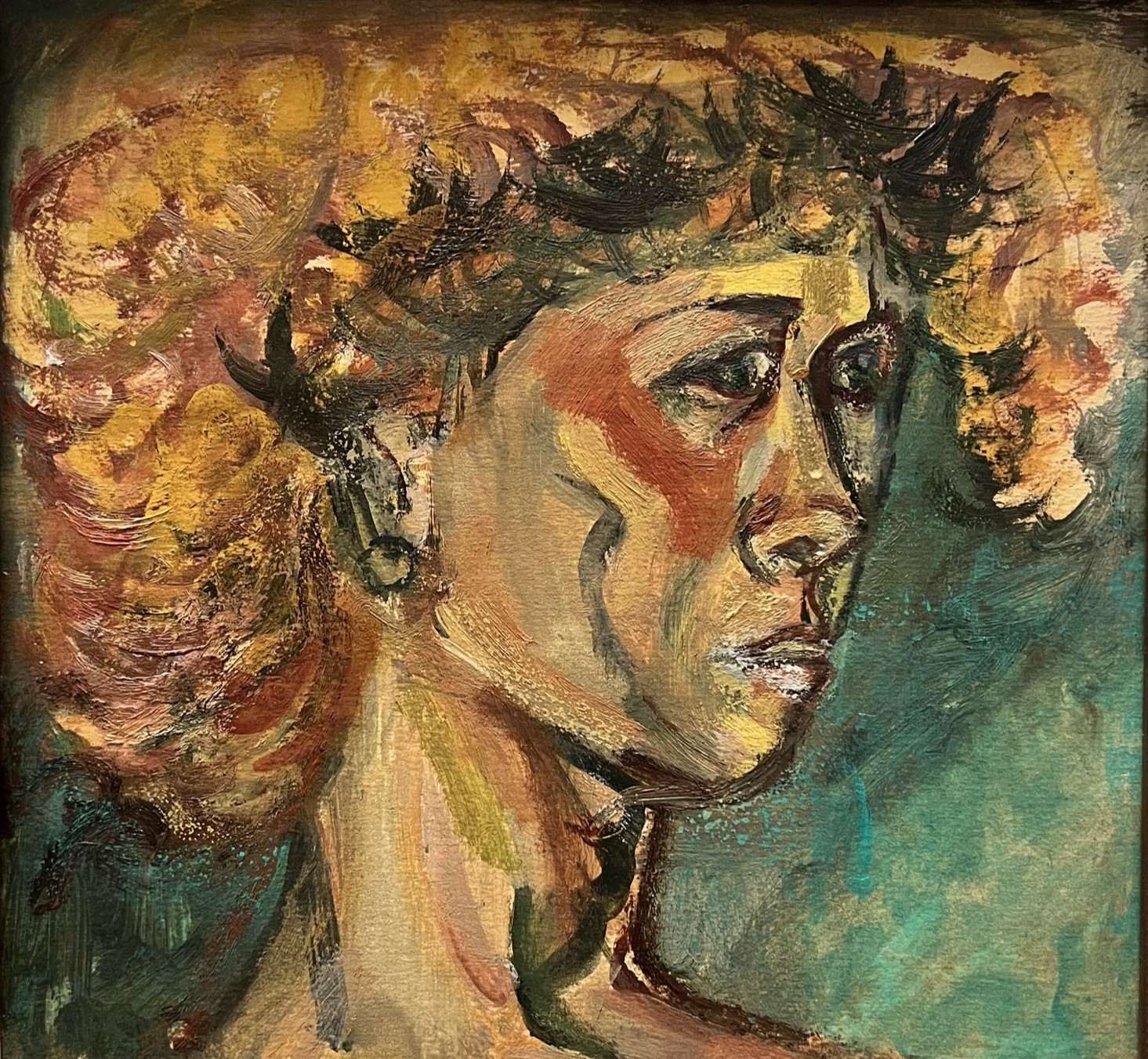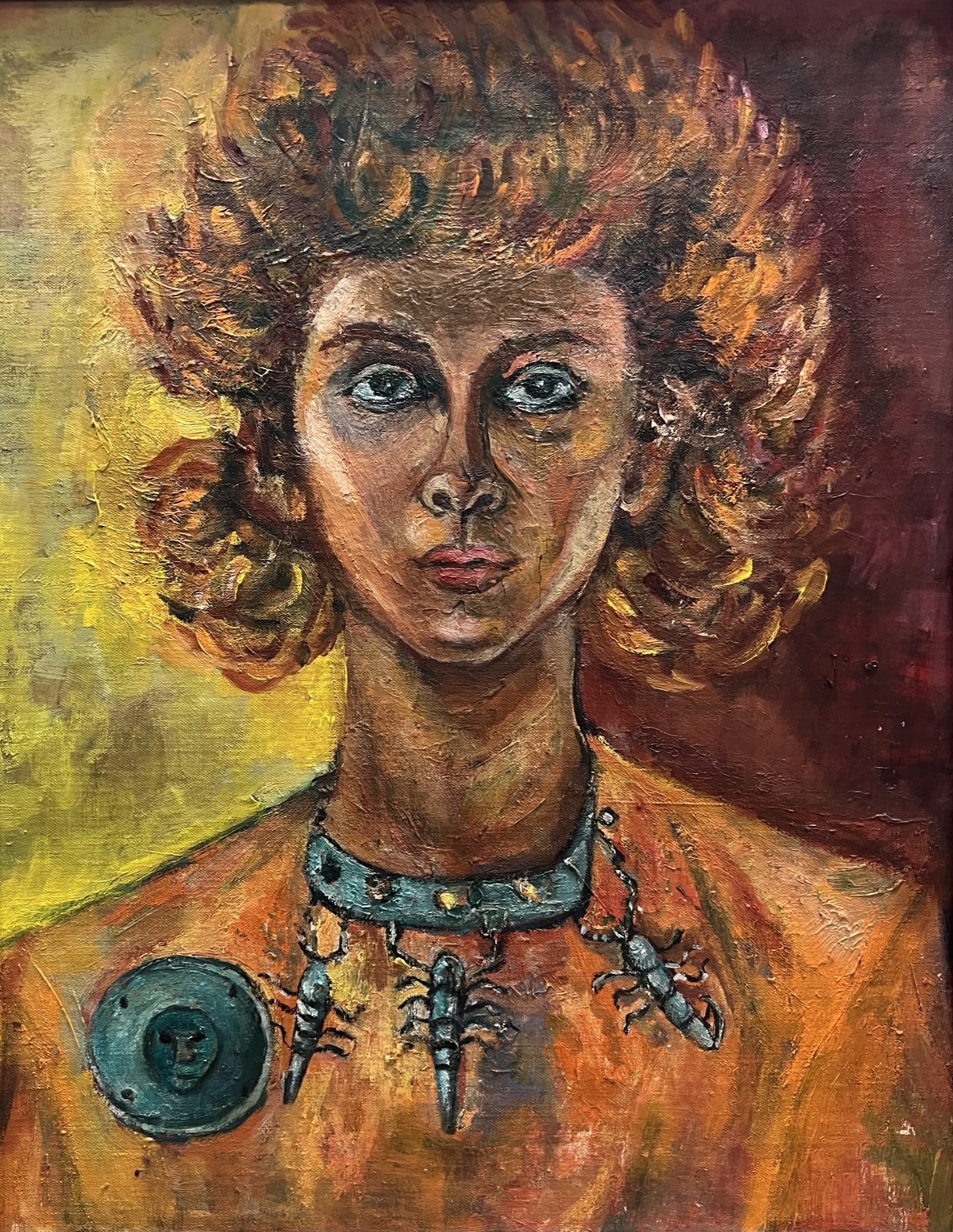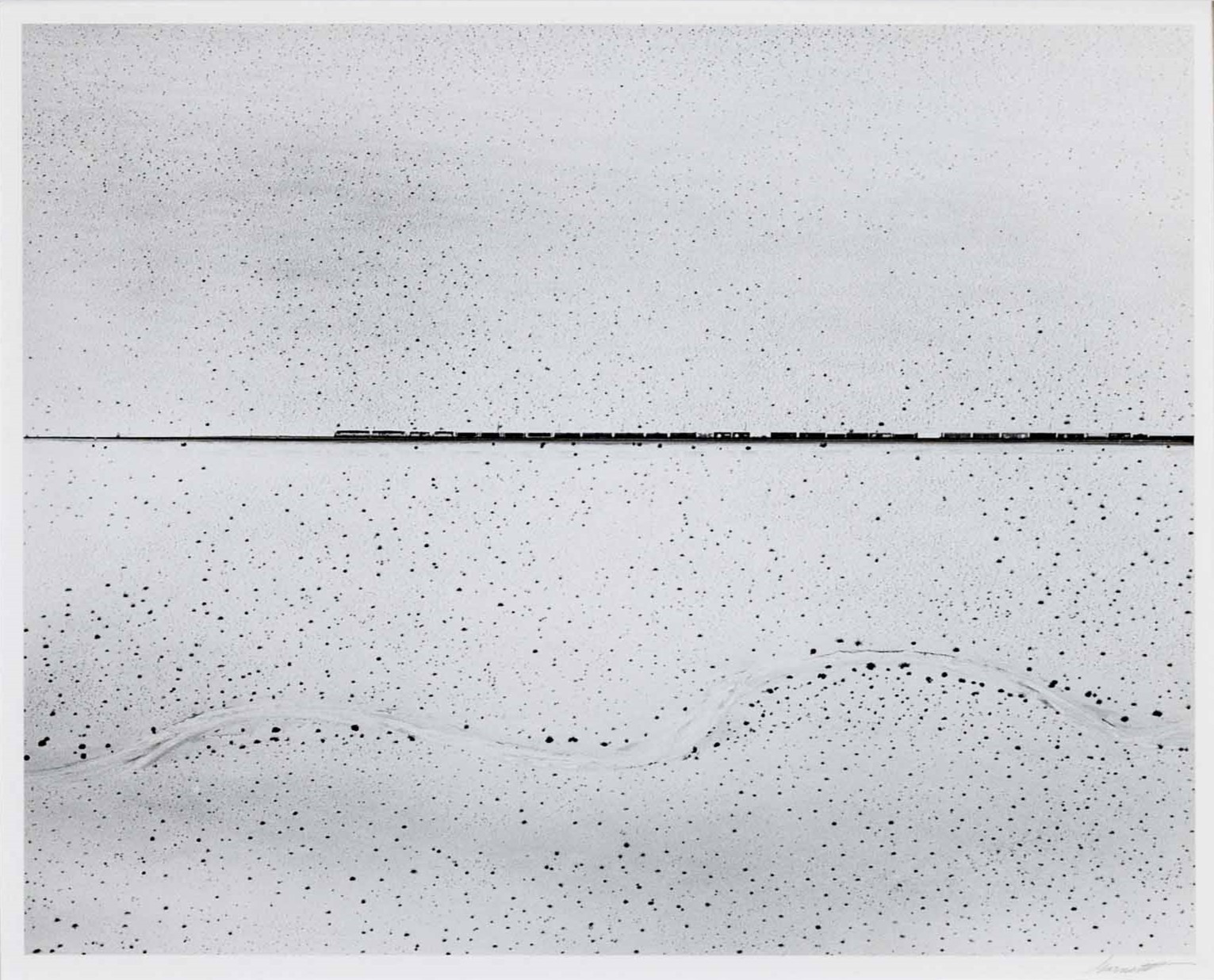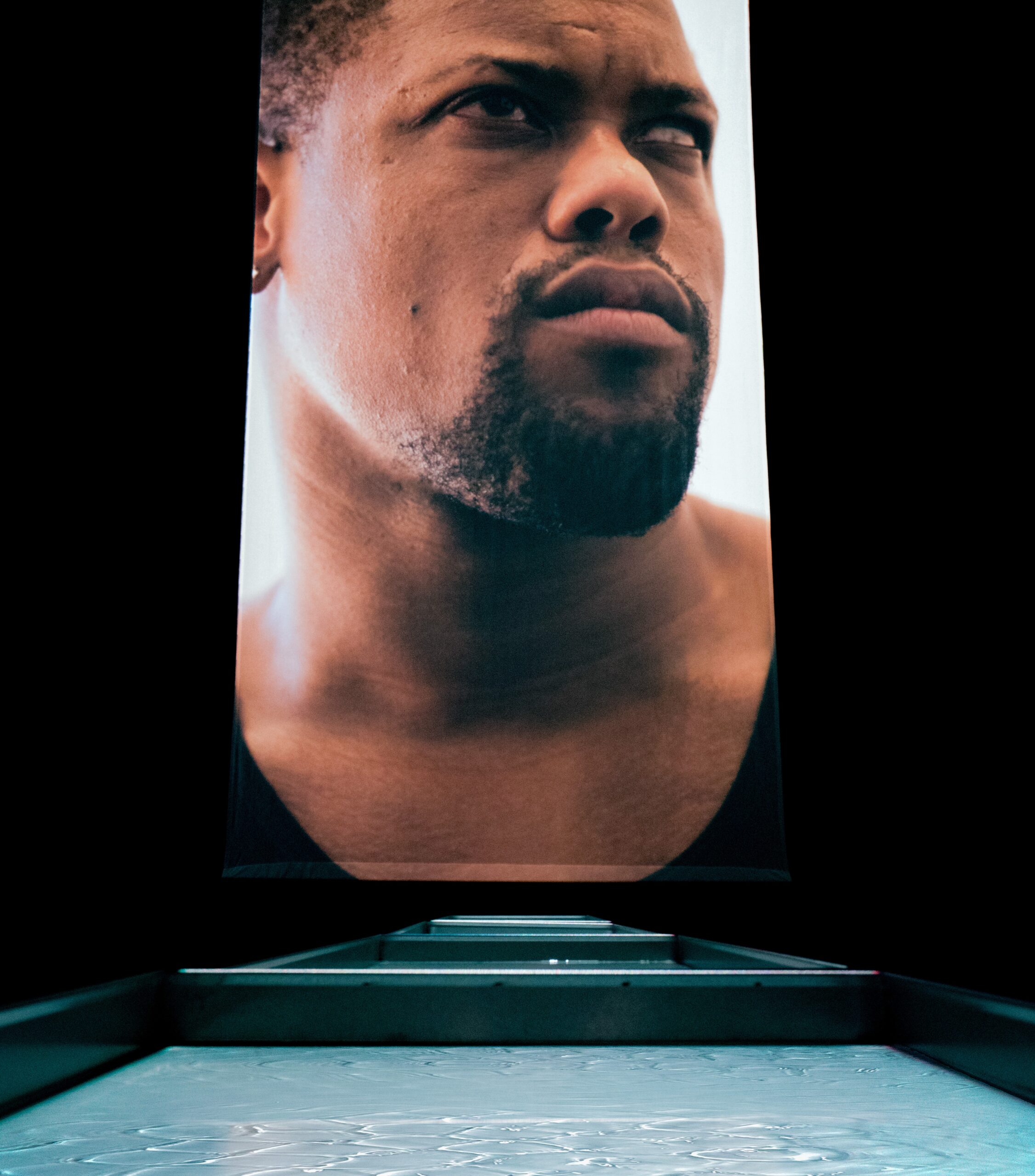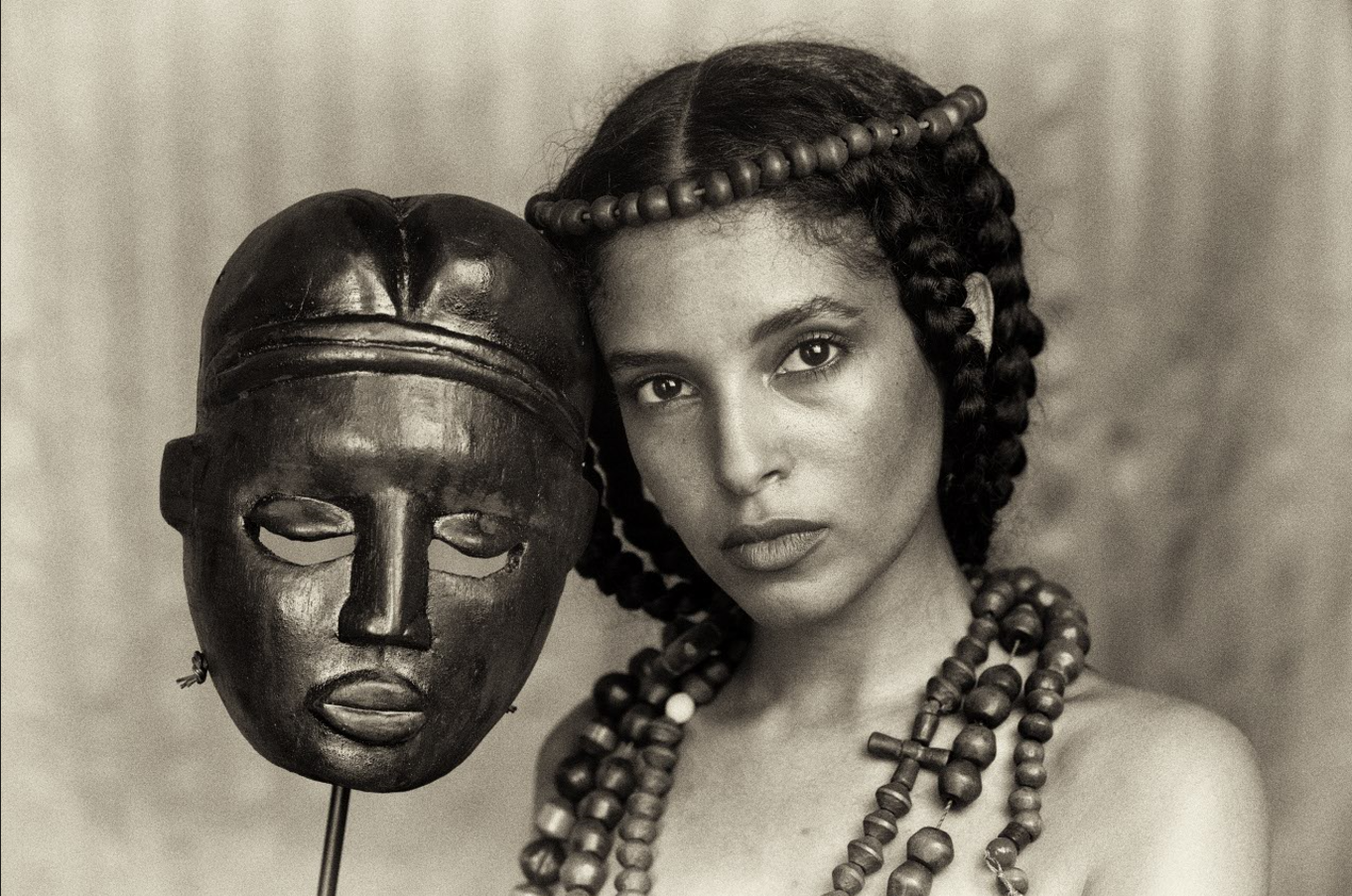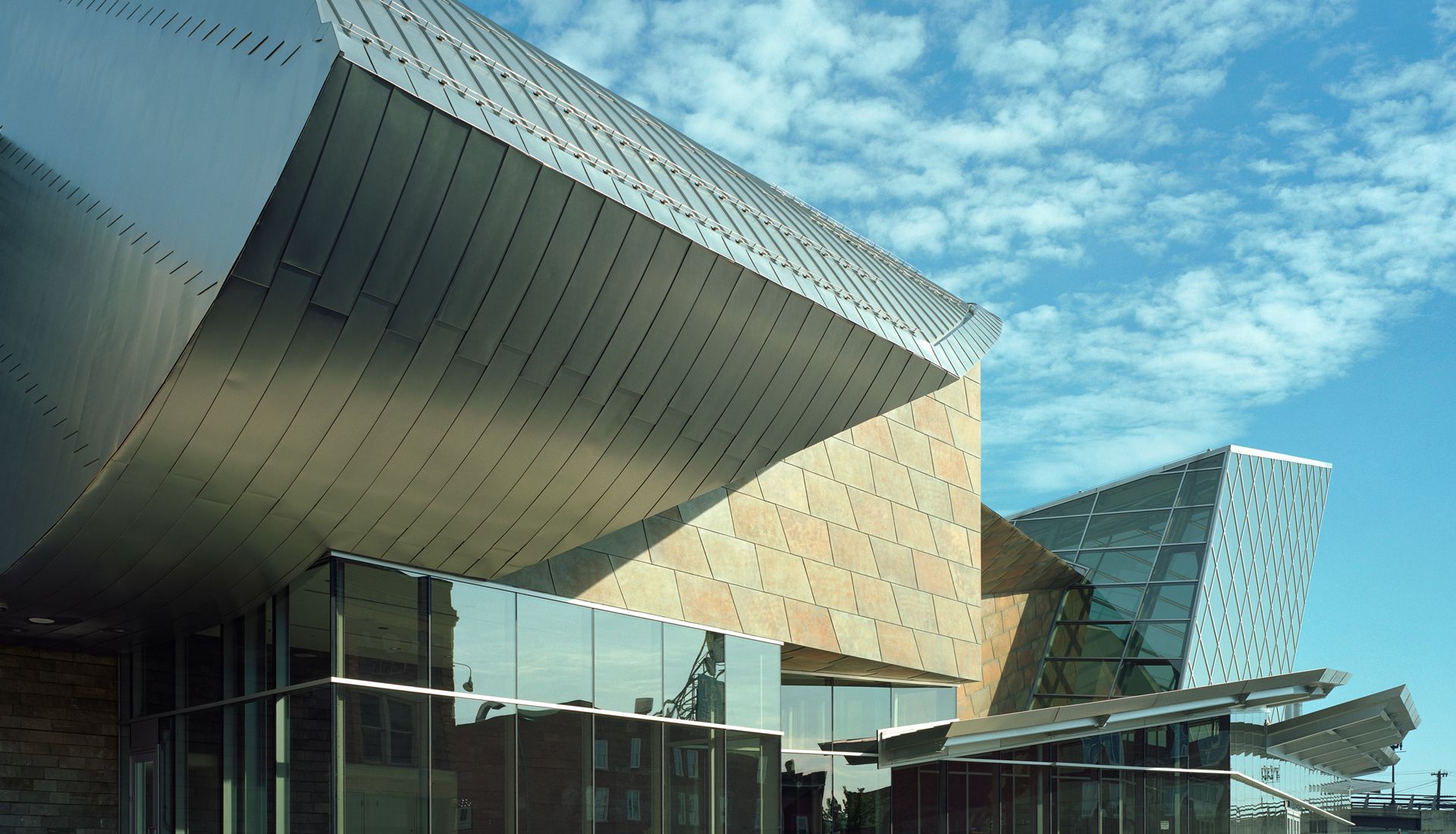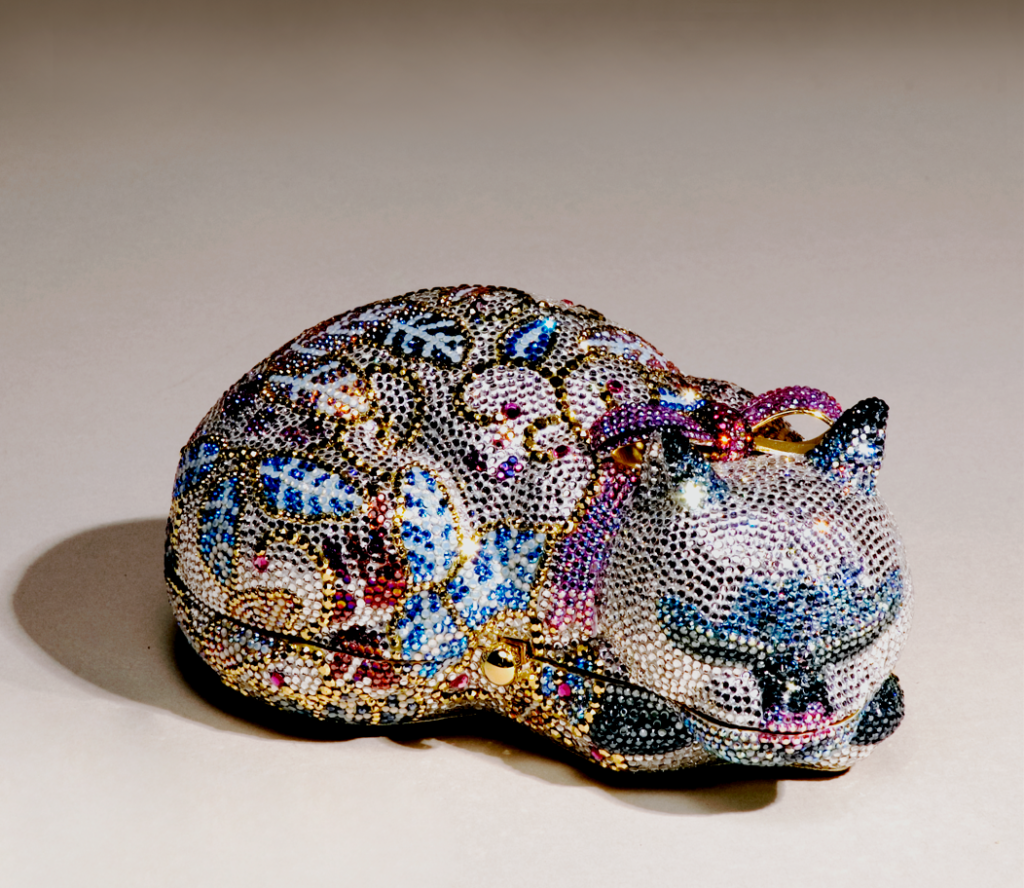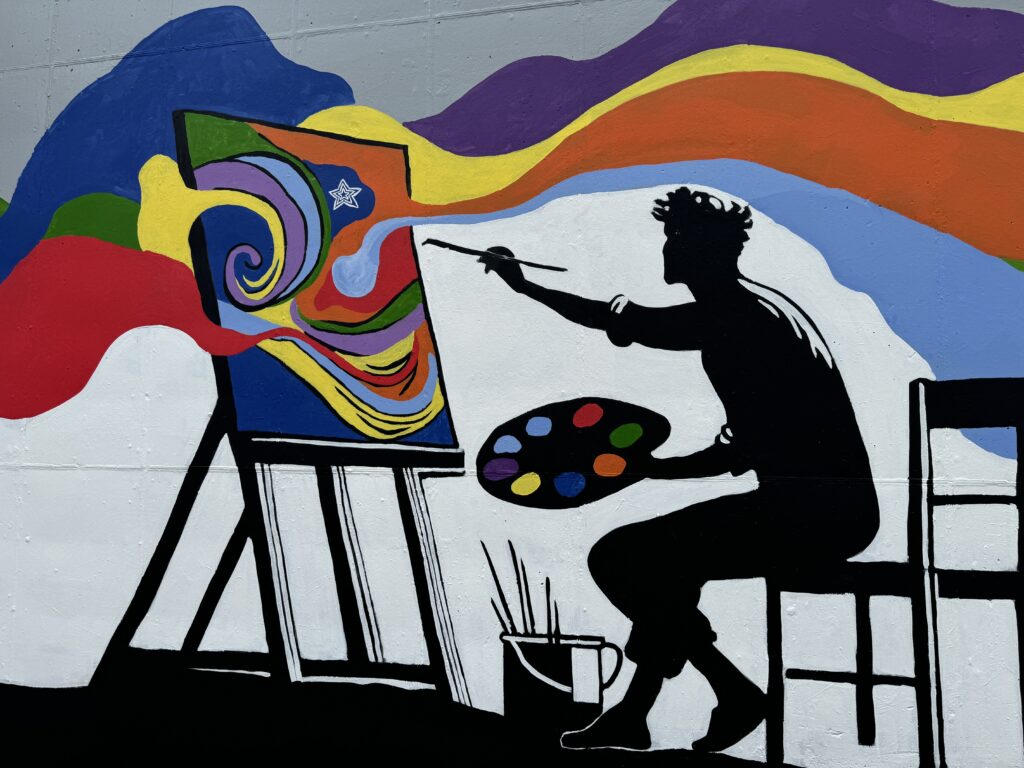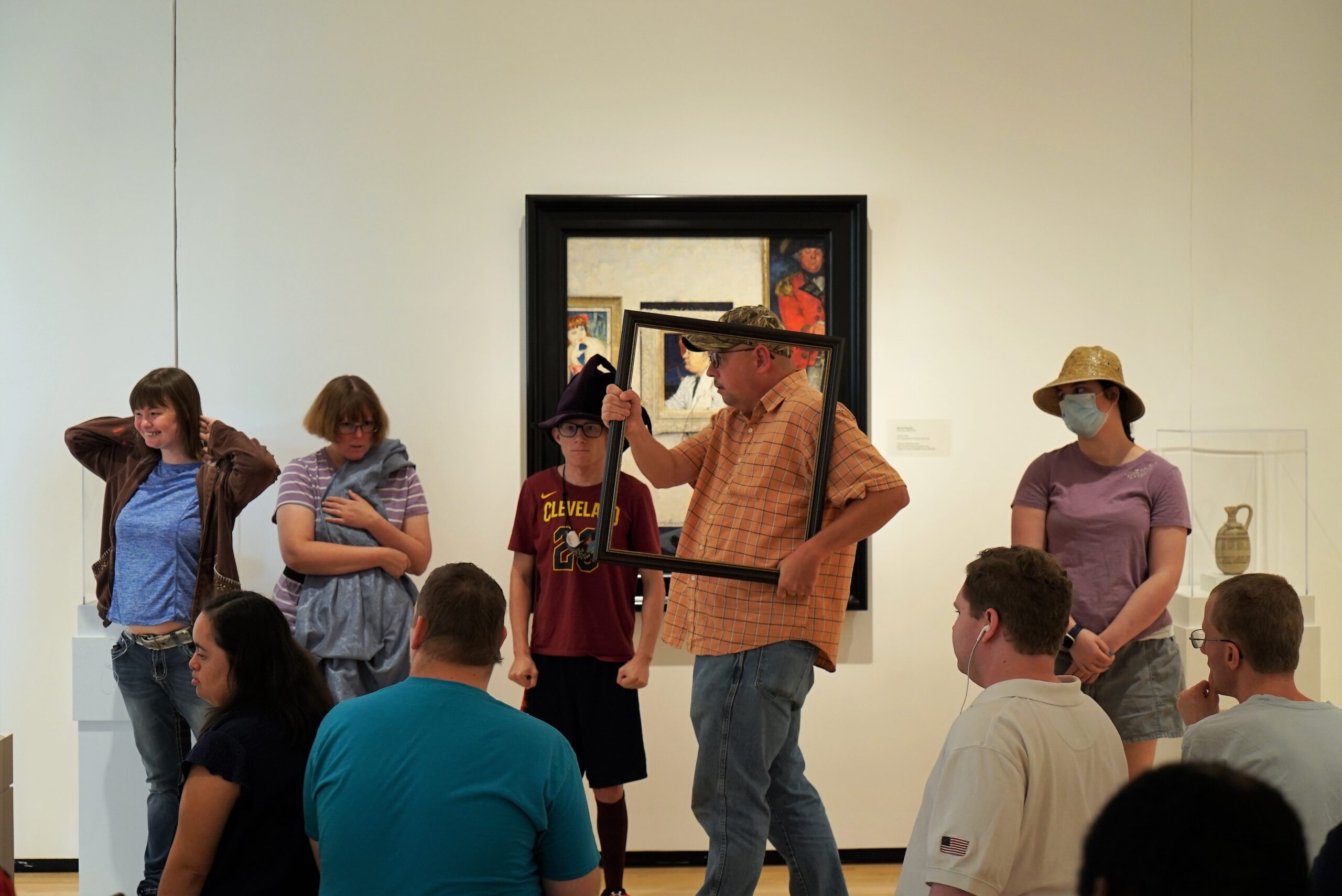
Annette Nancarrow (American, 1907-1991), Two Women, n.d., oil on canvas, Taubman Museum of Art; 75th Anniversary Gift from Mitchell Kaneff and Viviane Kaneff, In Honor of Howard Kaneff, 2022.006
Recent Acquisitions: Annette Nancarrow and Her Collection
Dec 05, 2023 – Nov 09, 2025
In the first half of the 20th century, Mexico saw a dramatic influx of American painters, sculptors, writers, designers, collectors, and more, who were exhilarated by the country’s bohemian nature. A vibrant artistic movement reflecting Mexican culture and heritage and spreading post-revolutionary ideas persisted after the end of the Mexican Revolution in 1920 – attracting American artists including painter and designer Annette Nancarrow. Nancarrow (1907-1992) grew up in New York surrounded by various artistic communities from a young age. Pursuing a career in the arts was an effortless decision for her. She received art degrees from Hunter College and Columbia University and moved to Mexico City in 1936 after visiting with her sister in the previous summer. Nancarrow immersed herself into the Mexican arts community, befriending “Los Tres Grandes (The Big Three)” of Mexican Muralism – pivotal painters Diego Rivera, David Alfaro Siqueiros, and José Clemente Orozco cultivated an artistic style that defined Mexico following the Revolution.
Nancarrow embraced the culture of her new home and found inspiration in urban Mexican landscapes, cultural traditions, and Meso-American objects. She collected a large number of Meso-American artifacts which she used as references when painting still life compositions and integrated them into various jewelry designs including rings, necklaces, and bracelets. Bullfights became a favorite pastime for Nancarrow and the sport had a great influence on her artistic practice, resulting in a large body of paintings and drawings passionately depicting the toreador and scenes of bullfighting. The artist’s most prolific body of work was created during her long residency in Mexico, admiring the rich culture through images of bustling Mexican markets, sensitive portraits of individuals in the Latino community, and elegant and ferocious depictions of the torero and the bull.
